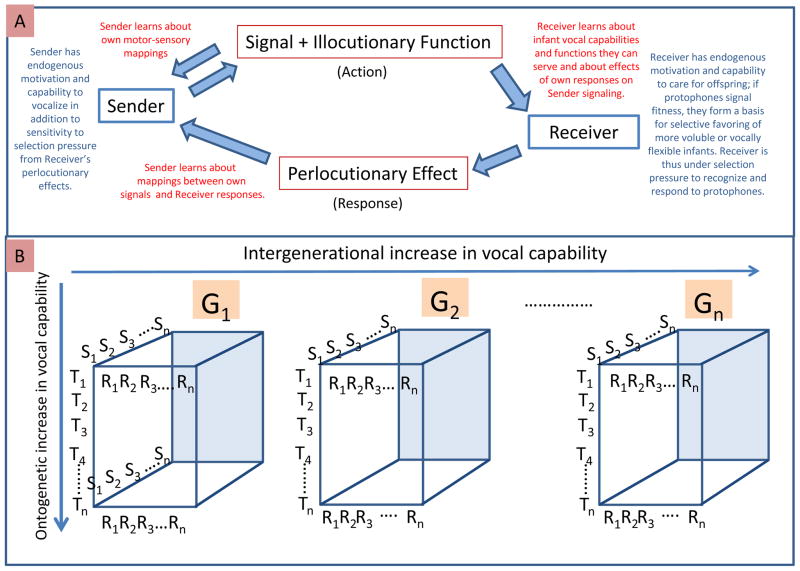Fig. 2. Computational modeling of interactive feedback in communicative development/evolution.
A: In our proposed computational modeling of communication, a Signal produced (and sensed) by a Sender/Infant, transmits an Illocutionary Function recognized by a Receiver/Caregiver, whose response is a Perlocutionary Effect, which upon reception by the Sender serves as a selection force on the Sender/infant’s capability/inclination to produce the Signal/Function (terms adapted from Austin [1962], see SM1). Learning by both Sender and Receiver can occur at various points in the computationally modeled feedback loop, which can be tested for outcomes and initial settings on 1) infant volubility, 2) infant self-monitoring in signal production, 3) infant learning sensitivity to parental responses, 4) parent responsivity to infant signals, 5) parent adjustment of responsivity based on infant capabilities previously exhibited, and 6) parent self-monitoring of the effects of their own responsivity on infant signaling. Correlations between these outcomes/settings and reproductive success can also be tested and assessed in reference to the extensive literature in vocal and interaction development (see section SM4). B: Feedback will operate in the computational models in both intra- and inter-generational selection, in the former case selecting for vocal development in individual Senders (S1-Sn) under the influence of Receivers (R1-Rn) within generations, and in the latter case selecting Senders of the species in vocal evolution across generations. Senders of the first generation (G1) will be differentially selected to reproduce in G2, such that progeny of more vocally capable Senders from G1 will be overrepresented in G2. Additionally, more vocally capable Senders from G1 will also be overrepresented as influential Receivers in G2, since they will be more likely to have children in G2 than less vocally capable Senders from G1.

